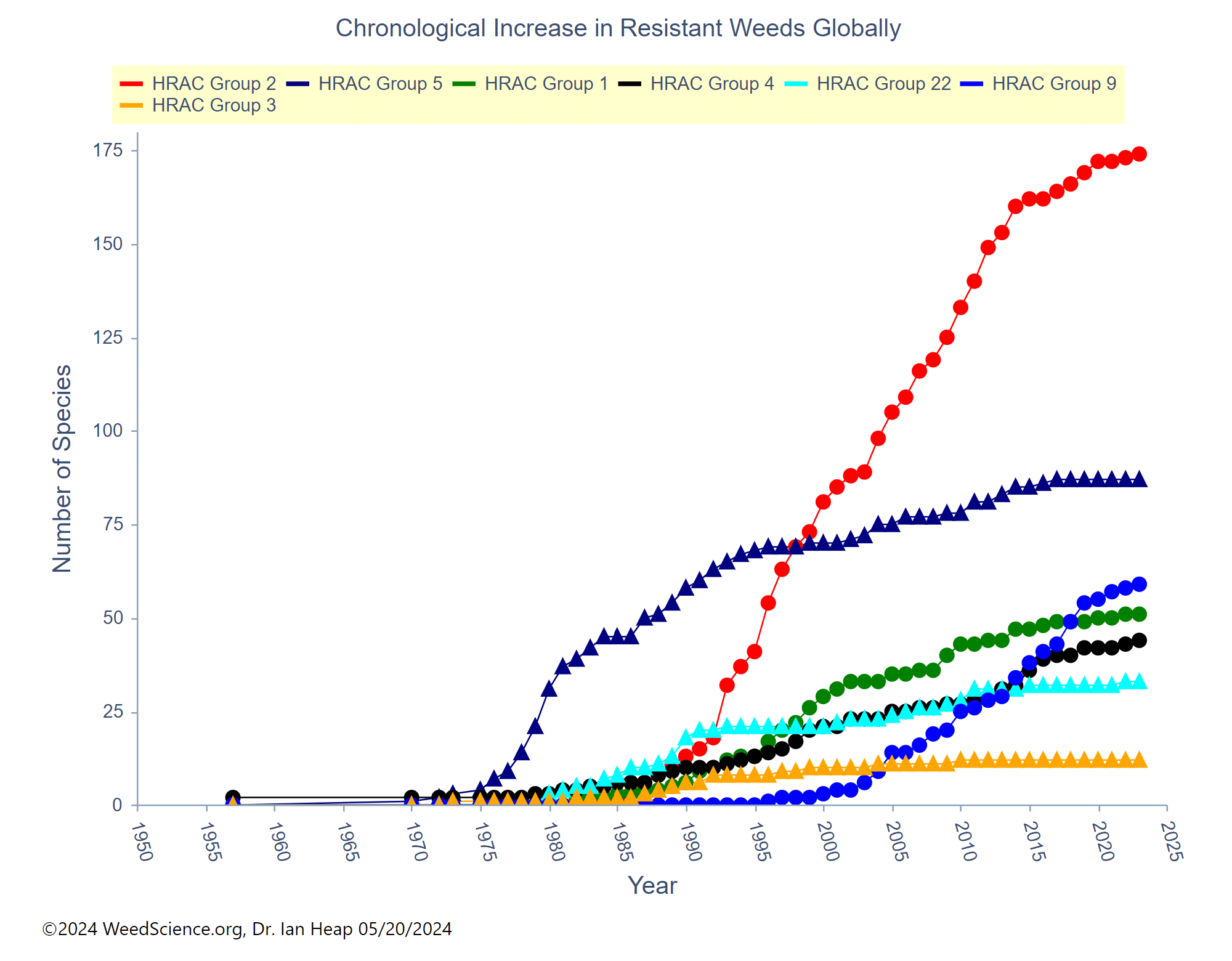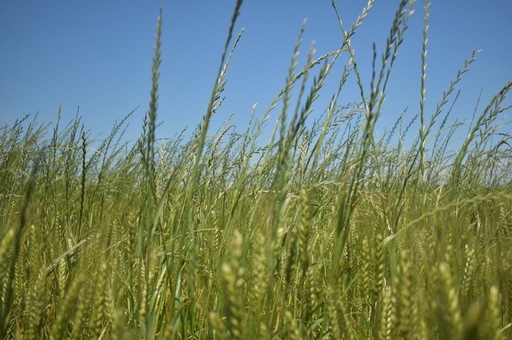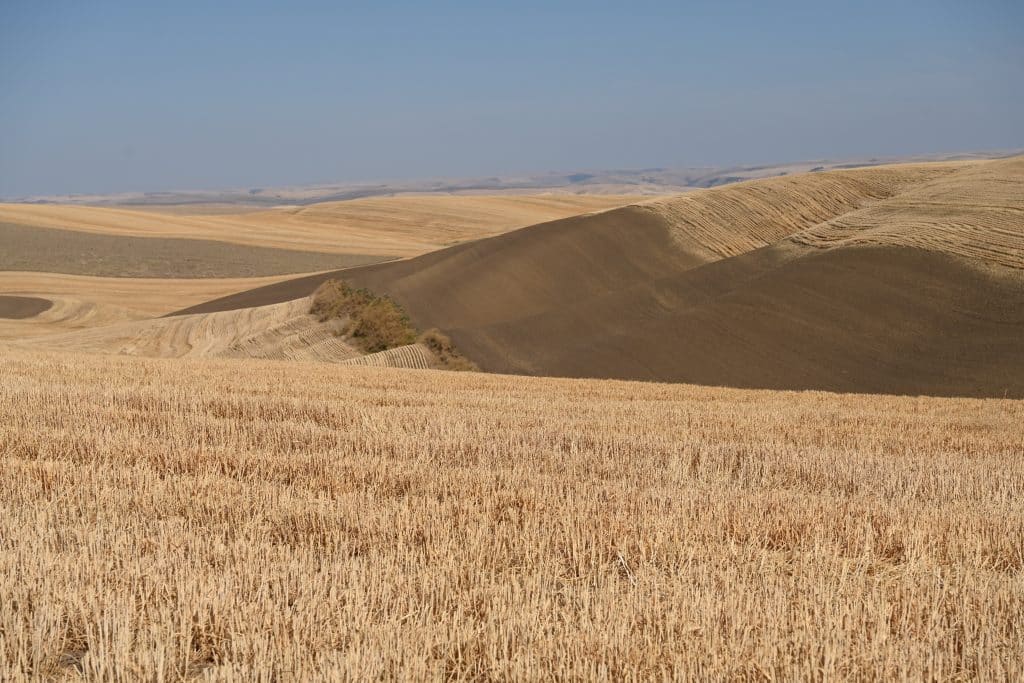
The Palouse region is the heartland of the inland Pacific Northwest (PNW), covering the stunningly beautiful landscapes of the Washington-Idaho border farming region. With rich soils and winter-centered rainfalls, this region is one of the most important wheat producers in the US. But it’s also home to large populations of problematic herbicide-resistant weeds. As a result, farmers there have become some of the first in the U.S. to embrace and integrate harvest weed seed control (HWSC) tactics into their weed management programs.
GROW got a unique chance to visit these industry-leading farmers this past summer, and in this series, “HWSC in the Pacific Northwest: Farmers Lead the Way,” we will work to bring their hard-earned knowledge on harvest weed seed control to our readers and subscribers.
The Pacific Northwest and HWSC: A Natural Fit
Managing weed resistance in novel ways has been a major goal for farmers and researchers during the past decade, according to Dr. Drew Lyon, a weed scientist and endowed chair in the Small Grains Extension and Research department at Washington State University, as well as a member of GROW. Dr. Lyon has worked collaboratively with Dr. Michael Walsh, associate professor at the University of Western Australia, and colleagues in the PNW. He has regularly discussed the management of weeds at harvest during winter grower meetings, summer field days and tours, in PNW Extension publications, and Timely Topics posted to the WSU Wheat and Small Grains website.
GROW, which stands for Getting Rid Of Weeds, originally started testing two potential weed management tools: cover crops and weed seed impact mill. Seed impact mills are a technology designed to destroy weed seeds passing through the combine at harvest. GROW is currently testing two impact seed mill brands, the Redekop SCU and the Integrated Harrington Seed Destructor (iHSD) at 14 on-farm locations.
Those locations covered almost all the US, but it was not until 2022 that the project expanded to the Pacific Northwest, where a Washington State University/GROW research project is working with another HWSC tool, a chaff liner, which funnels the chaff and weed seeds into narrow rows behind the combine, where the residue is left to overwinter.
The region’s farmers have been eager adopters of harvest weed seed control, with at least 30 farmers owning weed seed impact mills in the past three years, Dr. Lyon reported. Many farmers were motivated to adopt this technology due to the lack of Italian ryegrass herbicide control – the result of widespread herbicide resistance. Dr. Lyon has introduced the weed seed mill technology concept over the past few years, highlighting the Australian experience with harvest weed seed control, including impact mill systems. In 2022, Dr. Michael Walsh visited Pullman, WA in October, to help Lyon and industry representatives, who were promoting the benefits of HWSC in the Palouse Region, assist farmers’ adoption of this technology.
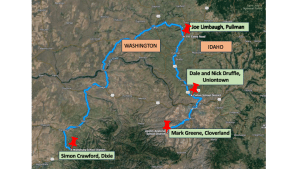
That made him a perfect fit for GROW’s mission as a nation-wide project to combat herbicide-resistance with integrated weed management, with the clear objective of reaching out to a broader audience composed of farmers, crop advisors and researchers through its main platform, the website and through the Outreach and Extension team.
Interested in why so many farmers had jumped into the impact seed mill technology and in their results so far, Claudio Rubione, M.S., one of the outreach and extension representatives for GROW, traveled to the PNW to interview some impact mill users in July 2023. Rubione sought feedback on their experience adopting the technology, what other IWM tools they are using to defeat problematic weeds, what kind of information they need to optimize the performance of their impact mills, and finally, to learn how GROW could be a resource for them.
Farmers Lead the Way In This GROW Series
Four farmers in the Palouse Region shared their experiences using impact mill units on their combines. The main weed problems these farmers are dealing with are Italian ryegrass, wild oats, and sterile brome.
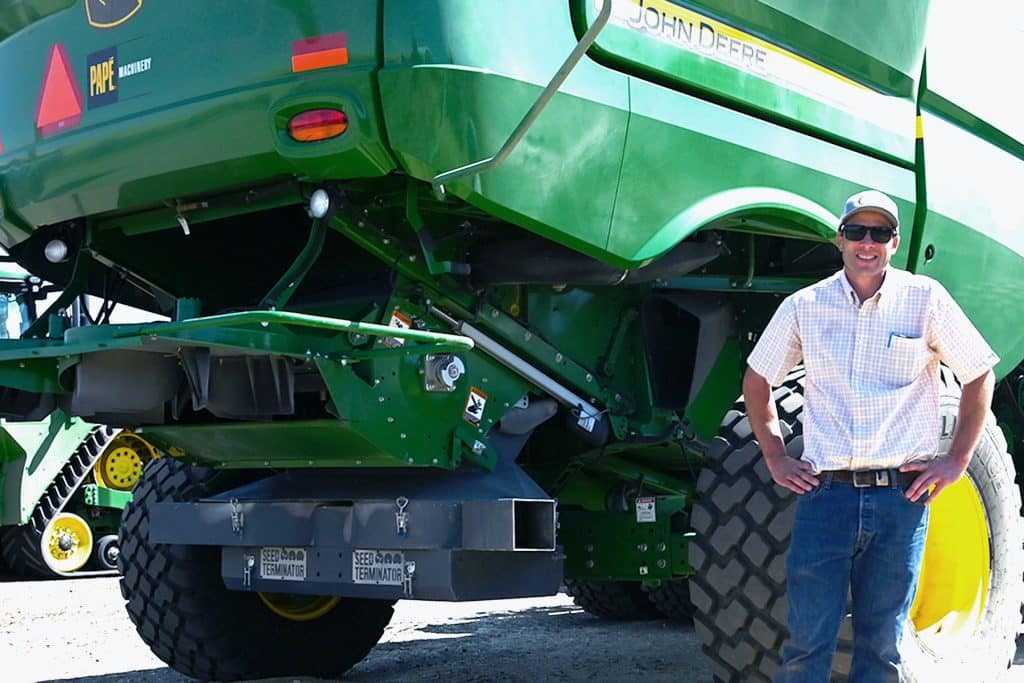
As they discussed their situations, it became clear that the seed impact mills are just one tool of many in their weed management programs, which often involve careful crop rotation, herbicide use and even tillage. In particular, crop rotation allows them to place the most appropriate crop within the rotation so at harvest, they can catch most of the weed seeds before they shatter. In other words, they have developed robust, regionally specific integrated weed management plans.
Chuck Schmidt, owner of North Pine Ag Equipment in Rosalia, WA and a Redekop dealer, said the adoption of seed impact mills has been fairly smooth. “I do have approximately 30 units out in the last three years,” he said. “As a whole, they have been fairly trouble-free, mechanically wise, and I’ve had a couple growers comment that the weed pressure that they are going after is less and it will be less in the years to come.”
In a series of four videos, we’ll share how these four farmers have integrated different weed management tactics into their farm operations to help combat herbicide resistance, starting with what we believe is the first commercial unit in the U.S.
Back in 2019, Joe Limbaugh from Pullman, WA, installed a Seed Terminator in a combine on the Greg Mader Farm (Mader Enterprises). Joe has five years of experience operating this system. Watch this video and learn his story:
See all the installments of this GROW video series here:
- Introduction and Video 1: Joe Limbaugh
- Video 2: Druffel Farms
- Video 3: Simon Crawford
- Video 4: Greene Ridge Farms
See more GROW news stories on harvest weed seed control here.
Text and video by Claudio Rubione, GROW













